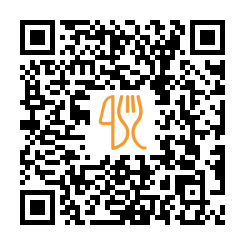Afbeeldingen
BijdragenGeen afbeeldingen om te laten zien
Feedback
Feedback gevenRestaurants are among the most basic institutions for every country and culture in the world. The start of the restaurant, in the form of today and as a place where people eat and drink, goes back to the French Revolution. But even before Marie Antoinette and Louis 16 were deposited to Ginotin, restaurants had their story. The idea of selling food to create profit dates back to the time of civilization. The need for a public place to eat is something that existed in ancient Rome and China. When peasants and farmers went to cities to get their livestock and products, they were sometimes on the way. For this reason, there were a number of inns or places where they ate during the roads. Usually, where there was a city, some food was served on a large table and a unit, and there was no menu. It was the choice of food with a cook! Due to the lack of kitchens in homes, there were vendors to provide food on small hand wheels. This is still common in many cities in the world. The foods they sell are usually pre-coupted and inexpensive that everyone can afford to buy. In the Middle East, there were places in cities and between ways that were served for food travelers along with desserts and drinks and given free food for those who had no money for food, later during the Renaissance in Europe, the caravans and cooks were a place to eat. In Spain these places were called Buddhas, where the tops were served or the same taste. There were sausages and sweets in the UK, and in France, all kinds of food and soup were served in restaurants. As soon as Columbus traveled to the American continent in 1492, global trade expanded and imported more food to Europe. Coffee, tea and chocolate were the foods that were served in public dining and the drinks opened their way to them. In the 17th century, even though full meals were eaten in homes, a number of nobles who were more productive ate their food in a private dining hall instead of using public places. In France and during the Middle Ages, each business exclusively sells a food. For example, if you didn’t belong to a party that was responsible for selling cooked meat, selling meat was banned for you in any way. In 1765 a man named Bullanger added baked lambs and was arrested the same day. But what happened was that Boulger won the court and after 20 years, other food shops in Paris followed his work. With the overthrow of Marie Antoinette and Louis 16, old methods were overthrown. The parties disappeared and their personal cooks resigned. Many of these cooks opened their own restaurants in Paris and new ways of eating one after another. The delicate Chinese, Kard and Forks, beautiful flax desktops, and everything that was only noble, were available to all French citizens. The menus varied, and both models of the previous service and food were added in the way of restaurants. Although there were still food in the previous way, the Favin Dainings opened their place all over Europe.
Great food beautiful and pleasant food
The Food and the Behavior of the Nurses were good
Meer informatie
QR-code naar menukaart
